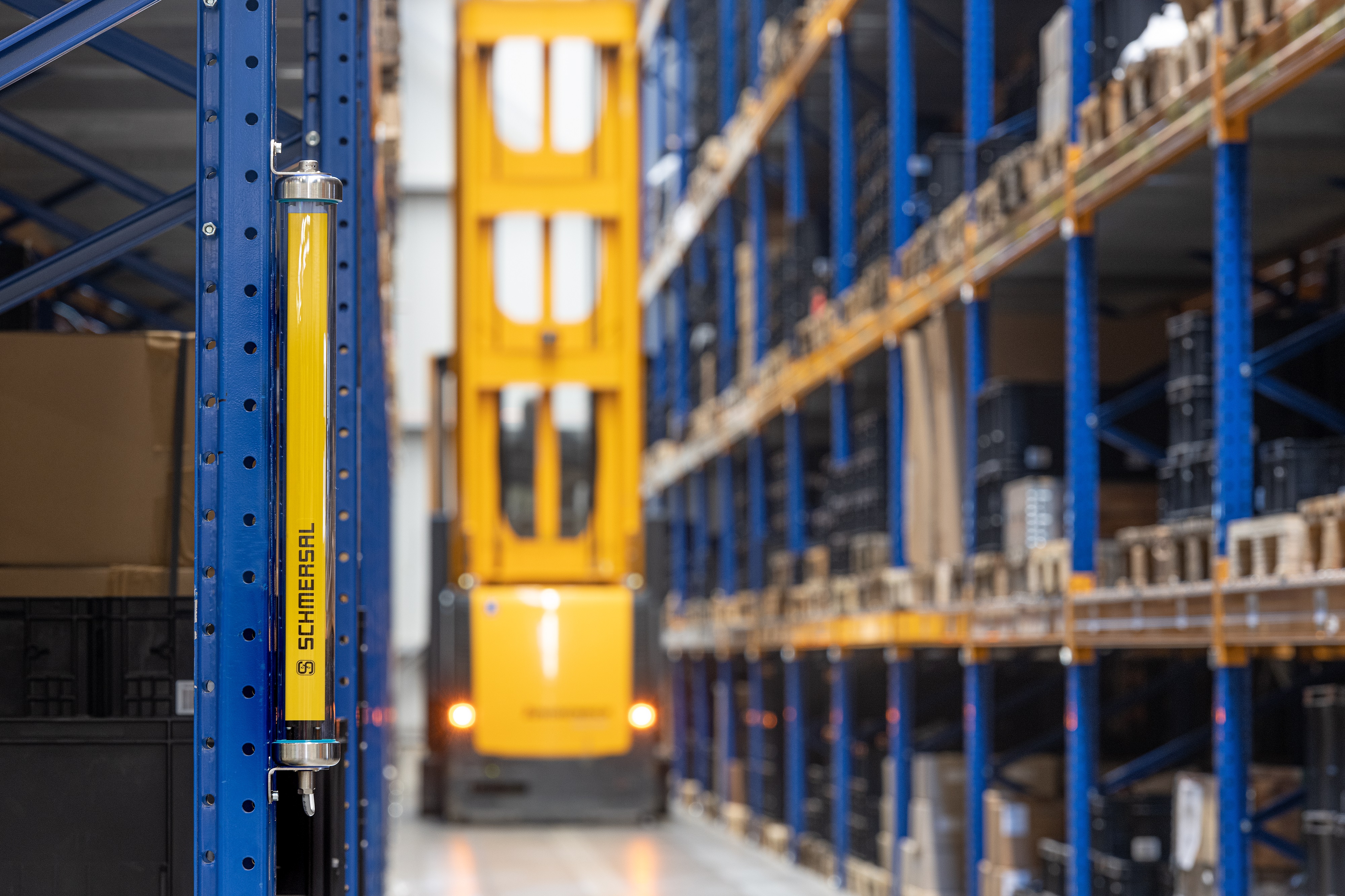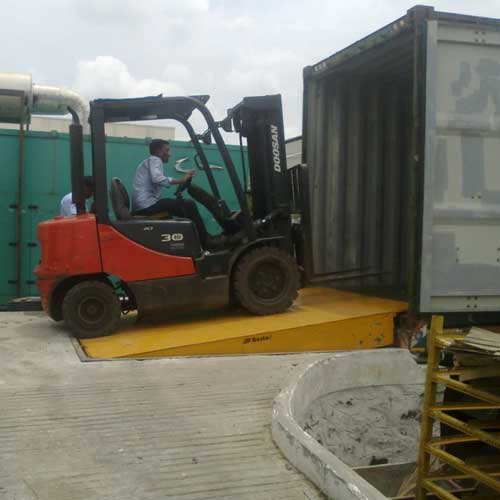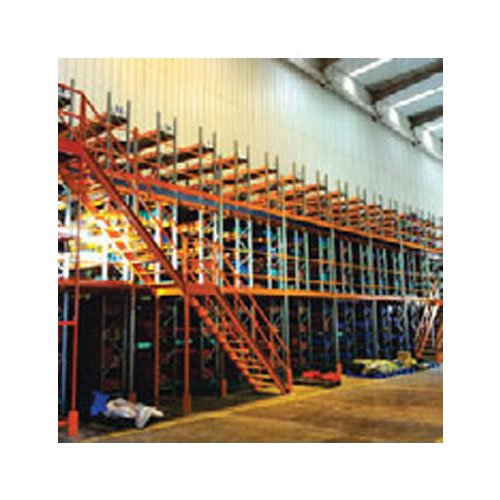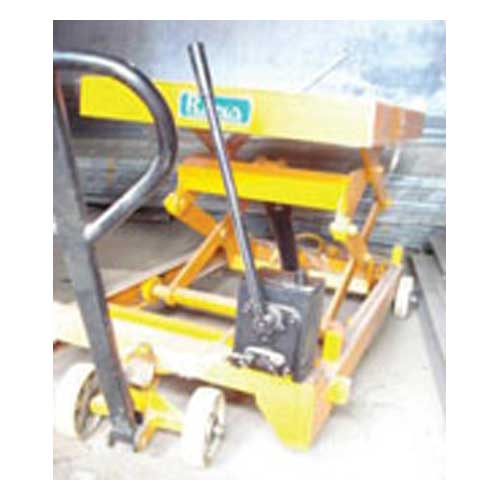Schedule a Call Back
Are the safety integration of AGVs a challenge?
 Articles
Articles- Jun 20,24

Related Stories

Caliber Interconnects unveils AMRs and robotic handlers
Caliber’s AMRs are AI-driven, customisable automation solutions engineered for industries such as warehouse logistics, manufacturing, e-commerce fulfilment, healthcare, and automotive
Read more
Caliber Interconnects showcases AMRs and robotic handlers at Automation Expo
Caliber’s Autonomous Mobile Robots (AMRs) are AI-driven, customizable automation solutions engineered for industries such as warehouse logistics, manufacturing, e-commerce fulfilment, healthcare, ..
Read more
Daifuku unveils advanced manufacturing and innovation facility in Hyderabad
This facility strengthens the Indo-Japanese bilateral relationship, with a focus on knowledge transfer, skill development, and co-creation.
Read moreRelated Products

Dock Leveller
Besto Material Handling Equipments offers a wide range of dock leveller.

Multi Tire
SCI Storage Solution offers a wide range of multi tire.

Industrial Lifting Equipment
Rana Material Handling Equipments Pvt Ltd offers a wide
range of industrial lifting equipment.















